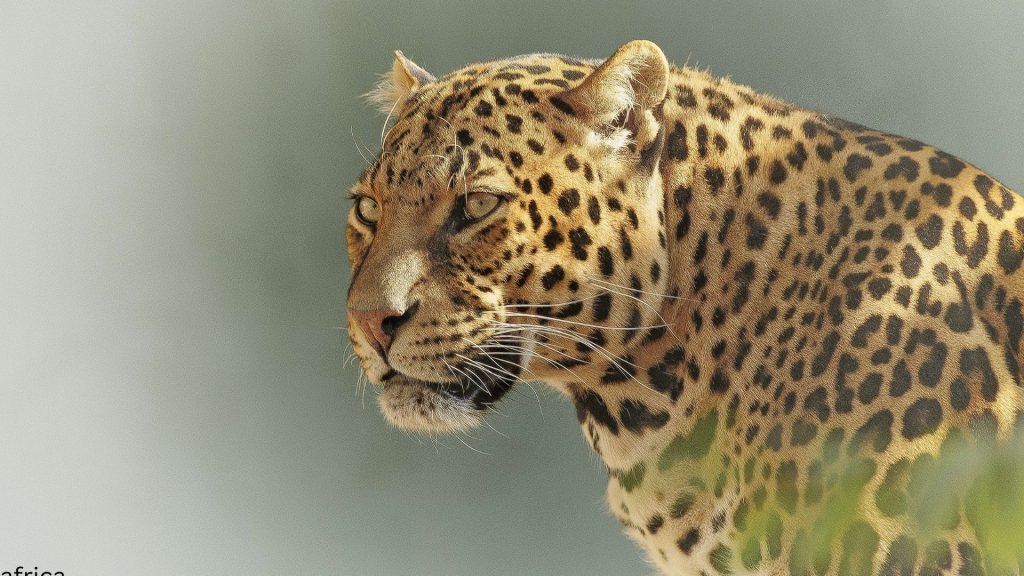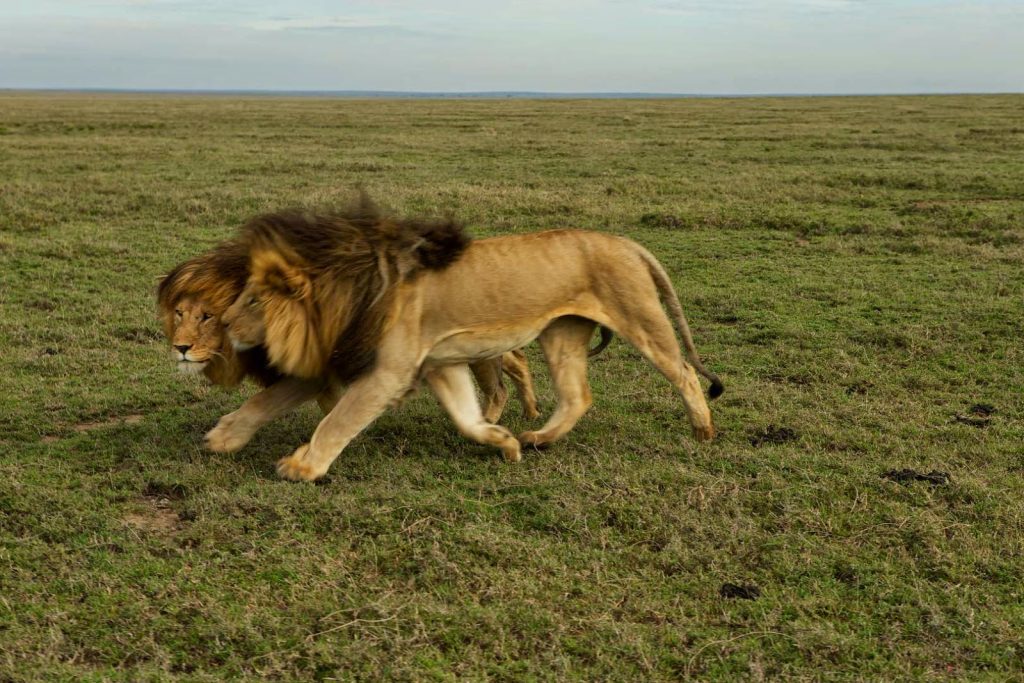Mount Kenya National Park
Mount Kenya is the second highest mountain in Africa, with its big brother Mount Kilimanjaro in Tanzania of course being the highest. With its snow-covered peaks at 5199 metres Mount Kenya lies right on the equator. In the Mount Kenya National Park and its surrounding areas, you will explore mountain forests, bamboo thickets, moorland, and alpine desert on foot or by car. The impressive and varied landscape, which has about 81 endemic plant species, has made Mount Kenya National Park a UNESCO World Heritage site since 1997.
Why Visit Mount Kenya National Park?
1. Home to Africa’s Second-Highest Peak
Mount Kenya rises to 5,199 m, with three major peaks:
Batian (5,199 m) – technical climb
Nelion (5,188 m) – technical climb
Point Lenana (4,985 m) – trekking summit for non-technical climbers
Point Lenana is one of the most accessible high-altitude summits in Africa, attracting trekkers from all over the world.
2. UNESCO World Heritage Site
Recognised for its outstanding natural beauty and ecological importance, the park protects:
Pristine montane forests
Glacial valleys
Afro-alpine moorlands
Unique plant species like giant lobelias & senecios
It’s a paradise for nature lovers and conservation enthusiasts.
3. Exceptional Wildlife
The lower slopes of Mount Kenya host abundant wildlife, including:
Buffalo
Elephants
Giant forest hogs
Colobus and Sykes monkeys
Bushbucks
Hyenas
Over 160 bird species
The blend of forest, moorland, and alpine ecosystems makes the park one of Kenya’s richest biodiversity zones.
4. Stunning Trails and Landscapes
Mount Kenya National Park offers some of East Africa’s most dramatic scenery:
Rugged volcanic cliffs
Glacial tarns and alpine lakes
Moorland plateaus
Bamboo forests
Waterfalls & valleys
Each route gives trekkers something different — from lush tropical vegetation to high-altitude desert.
✅ Popular Mount Kenya Trekking Routes
1. Naro Moru Route (Fastest & Most Popular)
Shortest route to Point Lenana
Features the famous “Vertical Bog”
Ideal for climbers with limited time
2. Sirimon Route (Most Scenic & Accessible)
Starts from the dry northern side
Gentle ascent with beautiful moorlands
Perfect for acclimatization and photography
3. Chogoria Route (Most Beautiful)
Considered the most scenic route
Passes Lake Ellis, Lake Michaelson & Gorges Valley
Ideal for multi-day scenic treks
Combination routes (Sirimon–Chogoria or Sirimon–Naro Moru) offer the best experience with varied landscapes.
✅ When to Visit Mount Kenya National Park
Mount Kenya can be visited year-round, but the best trekking seasons are:
January – March (clear skies, great visibility)
June – October (dry and stable weather)
Avoid the rainy months (April–May, November) for trekking.
✅ Activities in Mount Kenya National Park
Trekking & mountain climbing (Point Lenana summit)
Technical climbing (Batian & Nelion)
Bird watching
Photography tours
Camping
Forest hikes & nature walks
Scenic helicopter tours (luxury option)
✅ Accommodation
Visitors can choose from:
Mountain huts & campsites
Mid-range lodges around Nanyuki & Meru
High-end safari lodges on the foothills
Luxury cabins inside forested areas
Accommodation depends on your trekking route and itinerary.
✅ Why Mount Kenya Is Unique
Mount Kenya is the birthplace of Kenya’s name, deeply tied to cultural heritage and local myths. It is sacred to communities such as the Kikuyu, who view it as the home of their ancestral god, Ngai.
Its combination of scenery, wildlife, culture, and adventure makes it one of the most iconic sites in East Africa.
⭐ Book Your Mount Kenya Trek With Us
At Kiwoito Africa Safaris, we offer:
Expert mountain guides
Full trekking support (porters, cooks, gear arrangements)
Tailor-made itineraries
Combination routes for the best scenery
Airport transfers & hotel bookings
Whether you’re aiming for Point Lenana or exploring the forests and foothills, we’ll craft a safe, memorable, and personalised Mount Kenya adventure.



